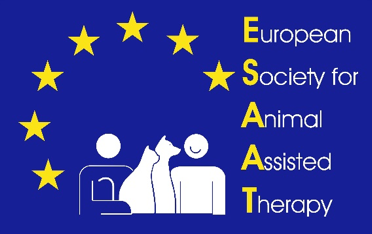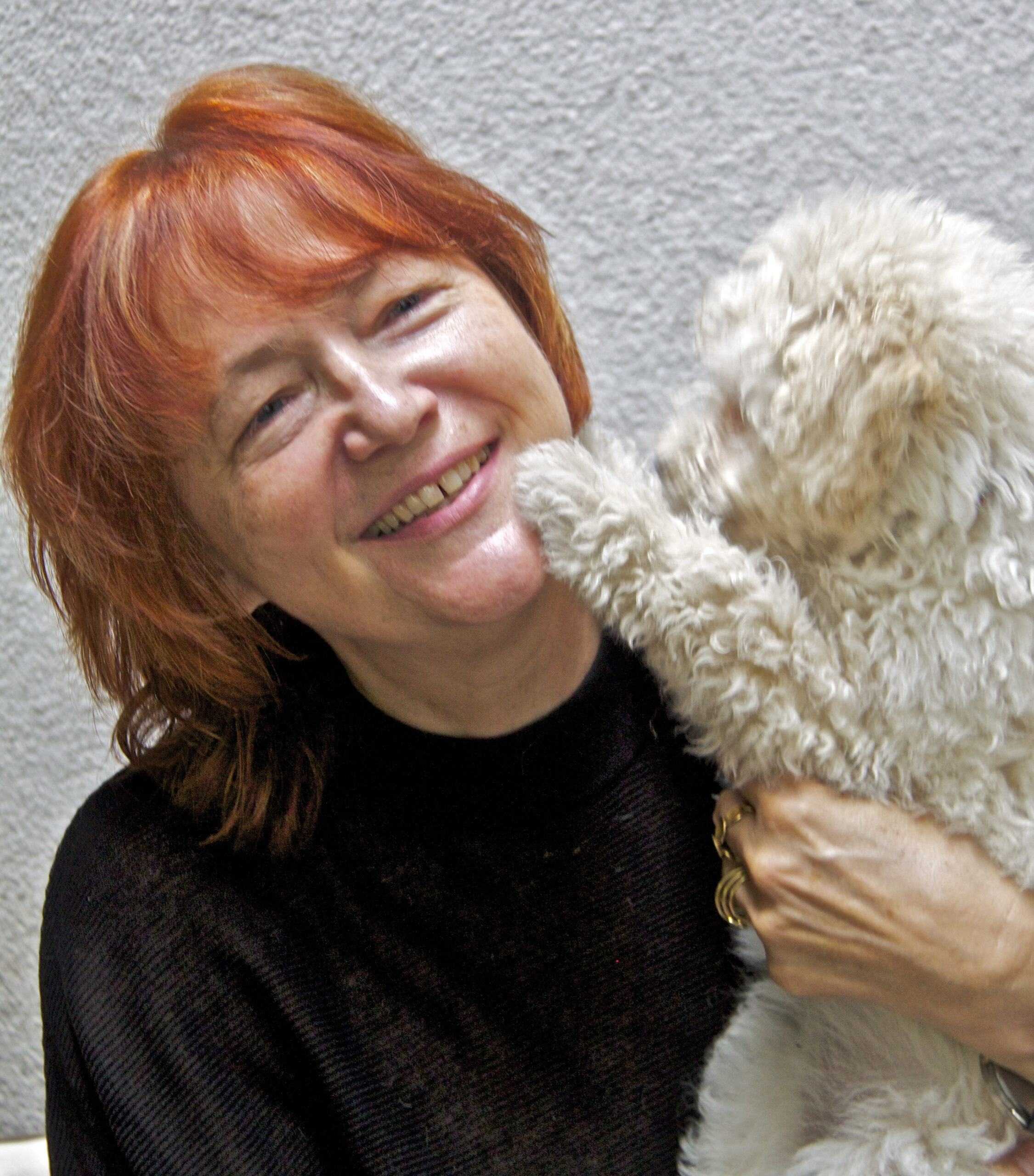ESAAT
IDEA AND BEGINNINGS

Board
ESAAT Members

Idea + Implementation
It all started in 2000 with a strong demand for animal-assisted interventions, both domestically and from abroad and eastern Europe.
The then chairman of TAT (Animals as Therapy), Prof. Josef Leibetseder, was one of the first to recognize the need for a European umbrella organization to develop and anchor uniform standards in animal-assisted intervention.
TAT then contacted all persons and associations working at that time in Germany and Switzerland.
All this led in 2004 to the founding of the association for the research and promotion of the therapeutic, educational and salutogenetic effects of the human-animal relationship in Vienna at the Vetmed.
Name of the association: European Society for Animal Assisted Therapy (ESAAT)
Any organization or private individual who wished to offer and carry out animal-assisted work within the framework of ESAAT should undertake to recognize and follow the formulated principles of ESAAT.
What we do
Umbrella organisation for European institutions and associations
ESAAT acts as an umbrella organization for all animal-supported associations in Europe, which are willing to adopt the standards and quality requirements of ESAAT in their own program and to act accordingly.
Development + adoption of training standards
ESAAT develops and formulates standards and testing requirements in animal-assisted work in order to advocate for and disseminate uniform standards throughout Europe.
Accreditation of associations in animal-assisted work
Interested associations and institutions can have their own work profile accredited by ESAAT and are thus part of a European quality movement in animal-assisted work.
Principles of animal-assisted work
An indispensable prerequisite for animal-assisted work is that the keeping of the animals used and the handling of them comply with the requirements of the European Convention for the Protection of Pets, as well as the Animal Welfare Act of the respective country.
The animal owner is responsible for the animal welfare-compliant accommodation and care of the animal. The person who works on animal support is responsible for the comprehensive welfare of the animal during the animal-assisted use.
it shall determine the frequency, duration and intensity of use in such a way that the welfare of the animal is not adversely affected; in particular, it is obliged to interrupt the operation at the first signs of distress.



